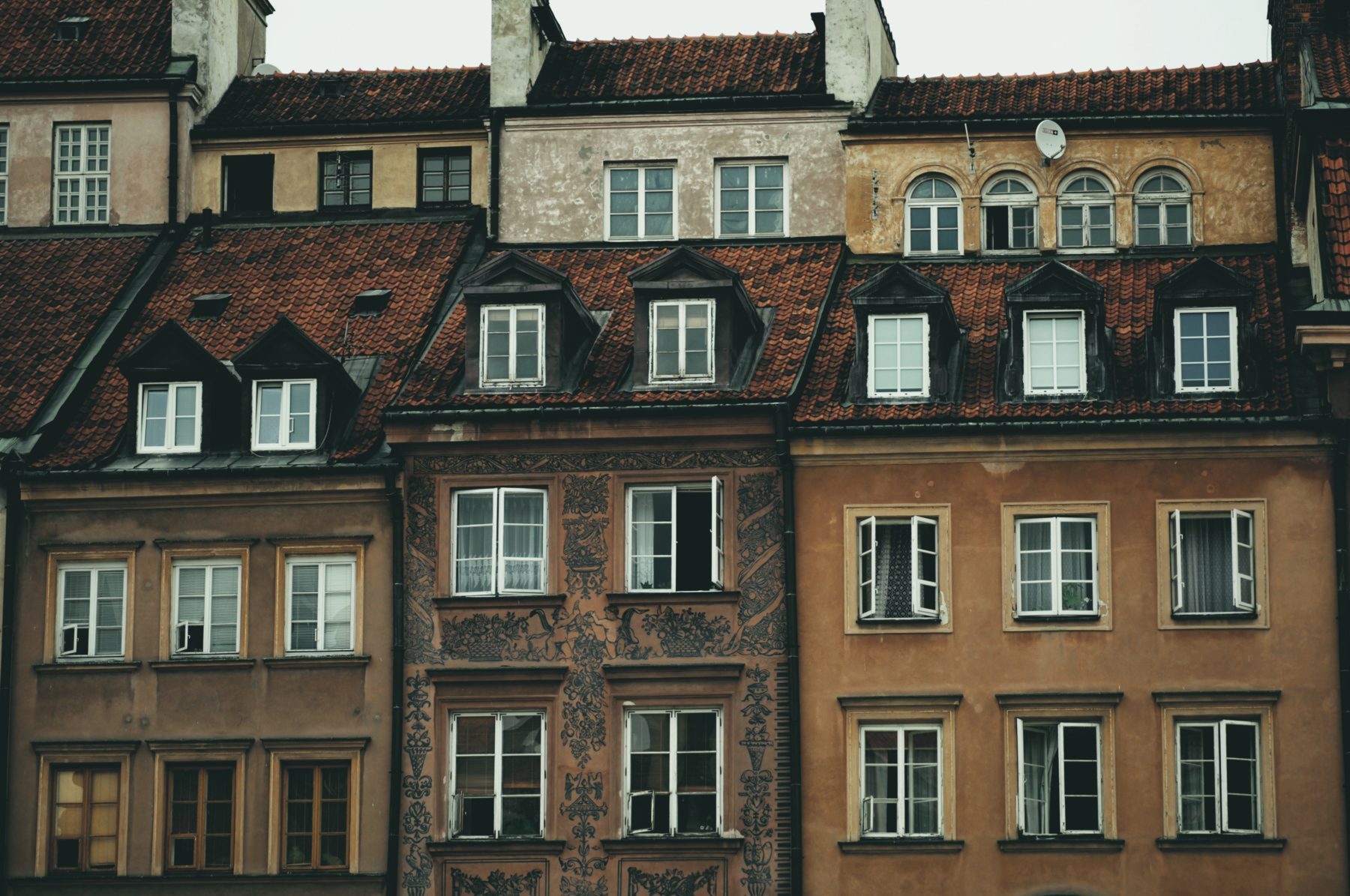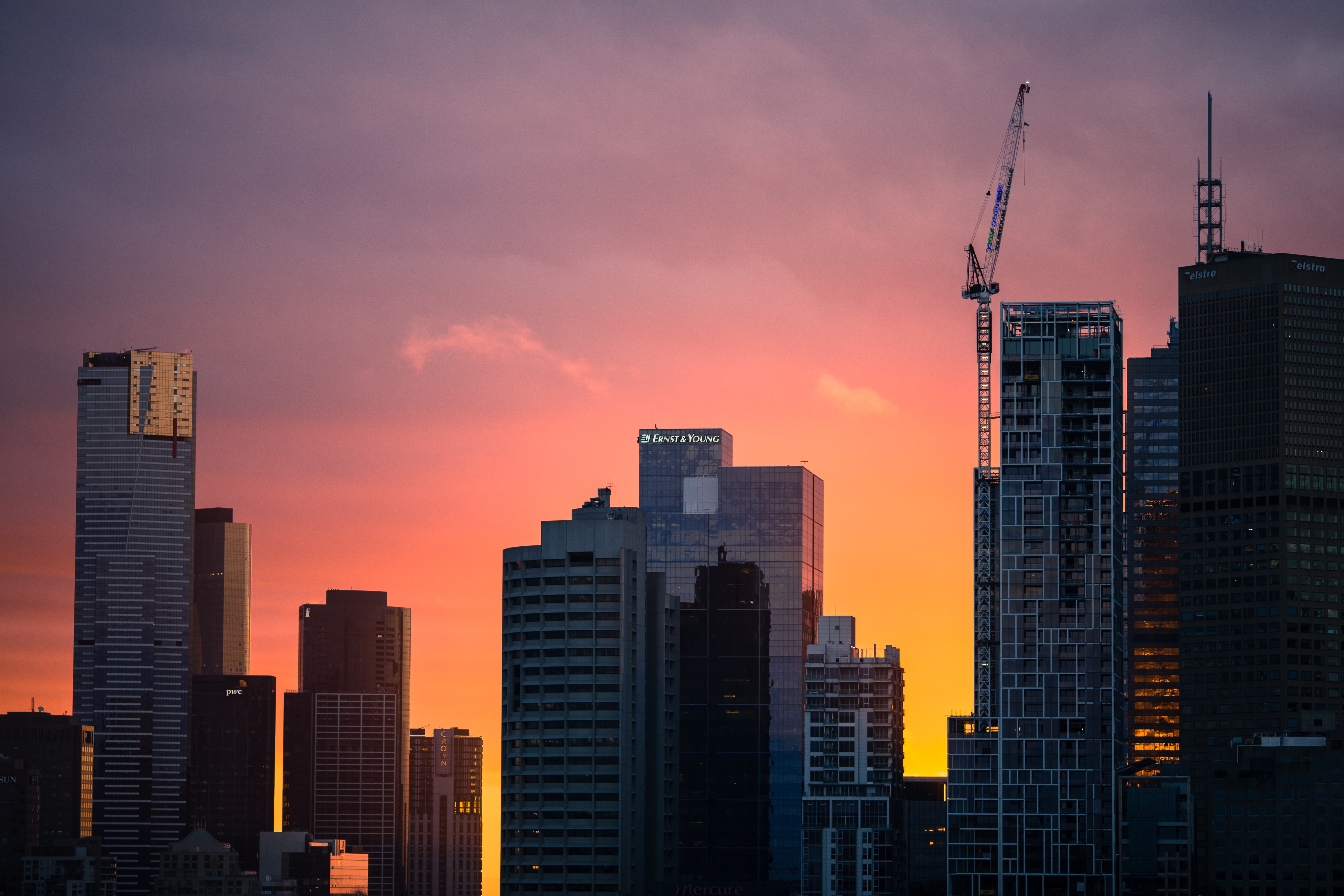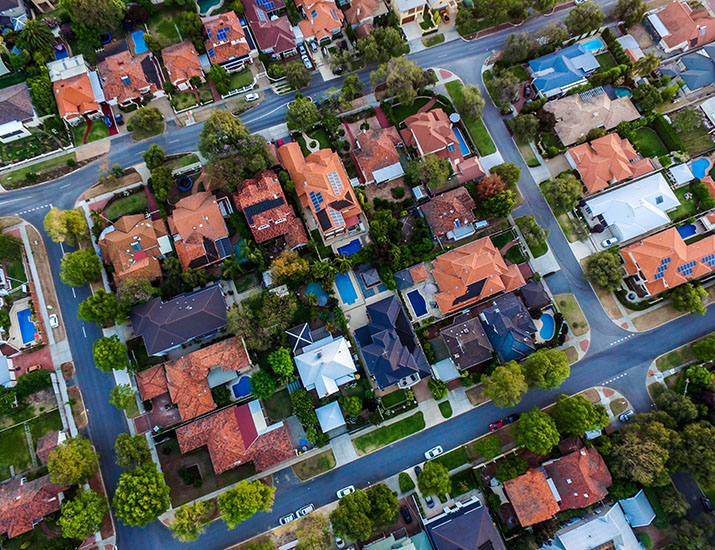For young adults searching for a home in Australia, the idea of owning their own place may feel like a pipe dream.
With rapidly rising costs of homes and a salary that doesn’t match many are left wondering if they will ever enter the housing market. The dream of owning your own home is looking more bleak than ever before.
With more strict underwriting criteria and increasing house prices, the chance of home ownership is expected to further decline, especially amongst the younger generation.

With this in mind, many young people are settling for temporary rental properties and accepting that they may never own their own home.
Raising their families in a home that doesn’t belong to them, and constantly having to uproot their lives once their lease is over.
A very sad thought and reality for many.
The reality of home ownership
Dr Kang Koo, lecturer in business and real estate, from Deakin University’s Business School explains that “as many media reports have already stated, the idea of owning a detached house on a quarter-acre lot would be more difficult unless the potential home buyers look at suburbs located further away from the CBD area.”
Looking at homes in areas further from the CBD will help in terms of price. However this can end up being inconvenient for homebuyers who wish to live as close to the inner city as possible.
Examples of this include inadequate access to resources such as medical centres, hospitals, shops, supermarkets, educational institutions and workplaces.

Whilst many of the smaller suburbs and towns have some variation of these facilities it is not as desirable as the facilities found within big cities such as Melbourne and Sydney where the demand for state of the art technology is much higher.
Melbourne home and apartment prices in particular have skyrocketed making it nearly impossible to find a place in the city with an asking price below 1 million dollars.
Why is it so expensive?
Dr Koo says “I find the reasons from a few different aspects. It could be an issue of migration- interstate or overseas -tax program, or even the international diplomatic circumstances.”
Other reasons may include the drastic change in the australian economy and the ever changing value of the Australian dollar in comparison to the rest of the world.
Wages not increasing at the same rate as everything else is also contributing to the expense.
According to recent ABS statistics, New South Wales lost 21,900 residents via interstate migration, while Victoria received 13,210 more residents in 2018.

Dr Koo says, “whether the negative gearing program exacerbated the increasing price of property market is still being debated.”
The report published by the AfrAsia Bank with New World Wealth stated that Australia is the top country that had the highest net inflow of high net-worth individuals, followed by the United States.
Saving, buying and building
When saving for a new home, Dr Koo suggests to “focus on the ability to deposit money for down-payment and to maintain a stable income stream.”
“Given that most of first-home buyers are not outright owners, the amount of mortgage that they can take out will be an important factor.”
Dr Koo believes that considering the trend of urban sprawl and the investment on the infrastructure in Australia it would be better for investors and buyers to “widen the geographical scope of location” and the types of residential properties.
This will provide more affordable options for individuals who don’t necessarily want or need a typical 3-4 bedroom home.
Building a home in a new estate for example has become a growing trend in recent times, with pre-existing dwellings seeming to be much more expensive.

“It would be better to own a house of your own design. However, the practical issue is how to fund your development on top of your current residence, be it a rental property or a self-owned house/unit.” Says Dr Koo.
For example, if you are a renter (owner) and looking at a vacant site for development, the lender would factor in the current rent payment (mortgage payment) plus your living cost when you consider taking out a development loan.
“Practically, for most young first home buyers, having a house built is costly unless they are paying nothing for their current dwelling.”
Unfortunately there is no easy solution to this growing issue.
But with regular saving and research the chances of owning a home begin to look a little more positive.



